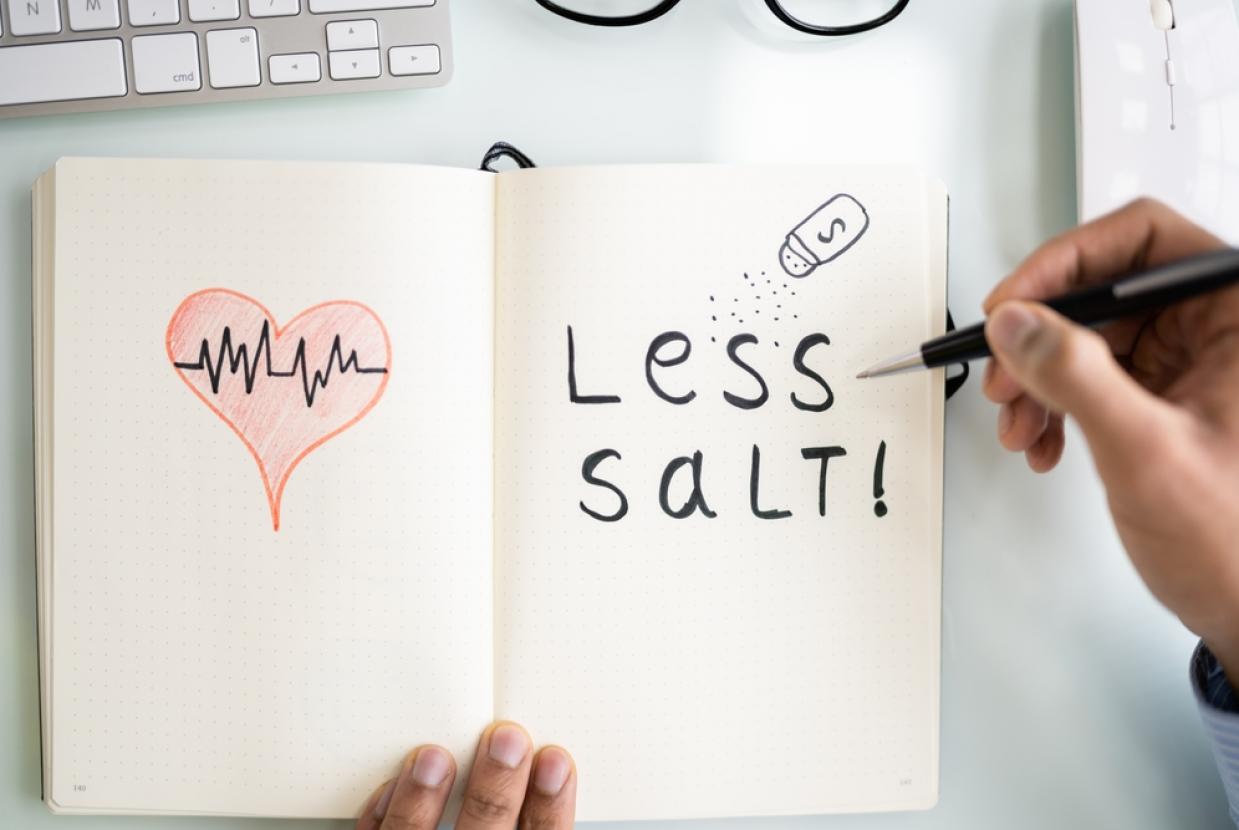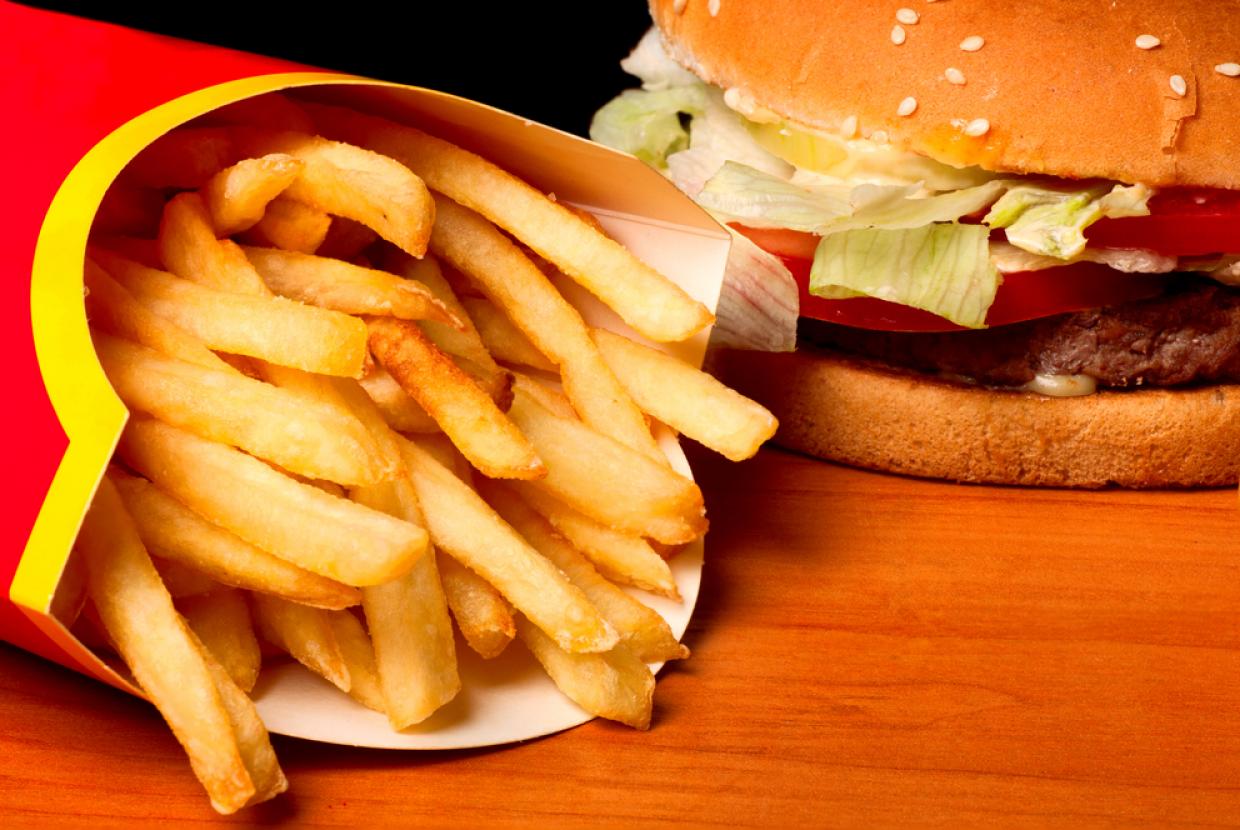Salt in Your Diet
Eating too much salt can cause high blood pressure, which increases the risk of heart attacks and strokes.
It's easy to have too much salt (or sodium). Around three quarters of the salt we eat comes from packaged and everyday foods we buy, such as bread, breakfast cereals, meat products and ready meals.
It can also be found in takeaways, restaurant or café meals and fast-food outlets.
Daily salt intake
Adults should have no more than 6g of salt a day (around 1 level teaspoon).
This includes the salt that’s already in our food and the salt added during and after cooking.
Maximum recommended salt intake | |
Age | Amount |
11 years old and over | No more than 6g (around 1 teaspoon) |
7 to 10 years old | No more than 5g |
4 to 6 years old | No more than 3g |
1 to 3 years old | No more than 2g |
Under 1 year old | Less than 1g |
Babies should not have much salt, because their kidneys are not fully developed and cannot process it.
Tips to reduce your salt intake
Do
- try adding flavour to your food with herbs and spices, black pepper, garlic, chili or lemon juice instead of salt
- limit the amount of salt you add when cooking and eating – try tasting your food before adding any extra salt to your meals
- check food labels – look for products with green and amber colour-coded labels on the front of the packaging
- choose lower-salt foods by checking the salt content on the back or side of the packaging
- try low or reduced-salt versions of foods and sauces – for example, low salt soy sauce and stock cubes
- buy tinned vegetables, pulses or fish in water instead of brine
- eat salty foods less often or in small amounts – for example, cured meats and fish, cheese, olives and pickles
- have healthier snacks, such as plain rice cakes, fruit, vegetable sticks or unsalted nuts
- be aware that some dissolvable tablets, such as painkillers, vitamins or prescription medicines, may be high in salt – speak to your GP before changing any medicines
Don’t
- try not to use too many sauces that can be high in salt, such as soy sauce, gravy granules, ketchup, mustard, mayonnaise and brown sauce
- do not have salt on the table if you're trying to cut down
Further information
- NHS Healthier Families: Salt has more tips and information on foods that are high in salt
- NHS Healthier Families: Recipes has healthy recipes you can try at home
- Understanding food labels can help you choose foods that are low in salt










































































